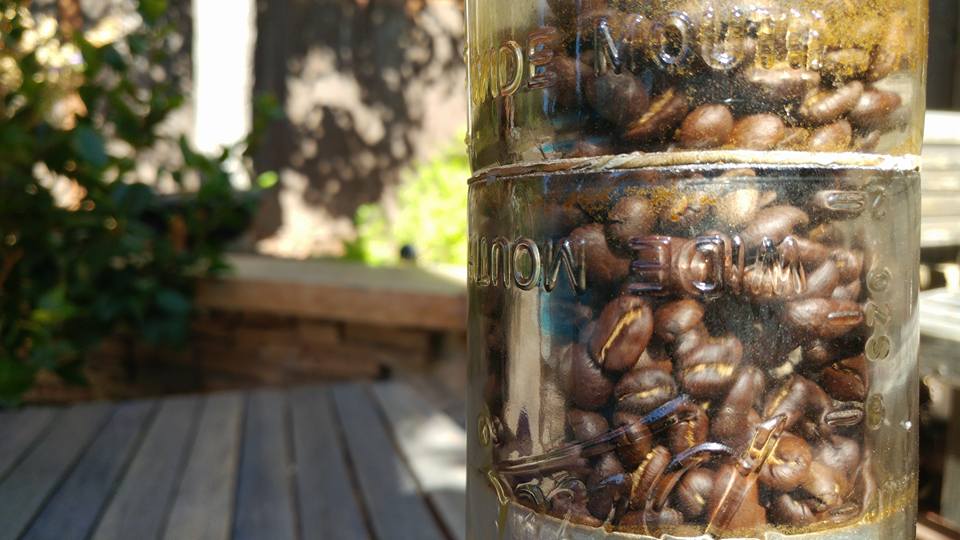The key points to consider when roasting coffee beans are as follows:
- Temperature Control: Precise temperature control during the roasting process is crucial. Heating the beans to a specific temperature range, typically between 190°C to 230°C, helps remove moisture from the green coffee beans and initiates complex chemical reactions inside the beans.
- Roasting Time: Roasting time is also a critical factor. Longer roasting times result in darker beans and a more developed flavor profile. Adjusting the roasting time allows you to achieve the desired roast level.
- Roasting Profile: Roasters create a roasting profile by adjusting temperature and time to represent the roasting process graphically. This profile is used to achieve specific flavor profiles.
- Bean Varieties and Size: The size and density of coffee beans can impact the roasting process. Smaller beans may roast faster, while larger beans may require more time. Roasters take these factors into account when adjusting roasting times.
- Roaster’s Expertise and Technique: The roaster’s experience and skill play a significant role. Experienced roasters understand the characteristics of different beans and can adjust the roasting process accordingly to achieve desired flavors and aromas.
- Bean Freshness: Freshness is a crucial factor. Using fresh and high-quality green coffee beans can enhance the overall flavor and aroma of the coffee.
Since many factors influence the final quality of coffee beans, roasters must carefully balance these elements to produce coffee with the desired flavor and aroma for their customers.

